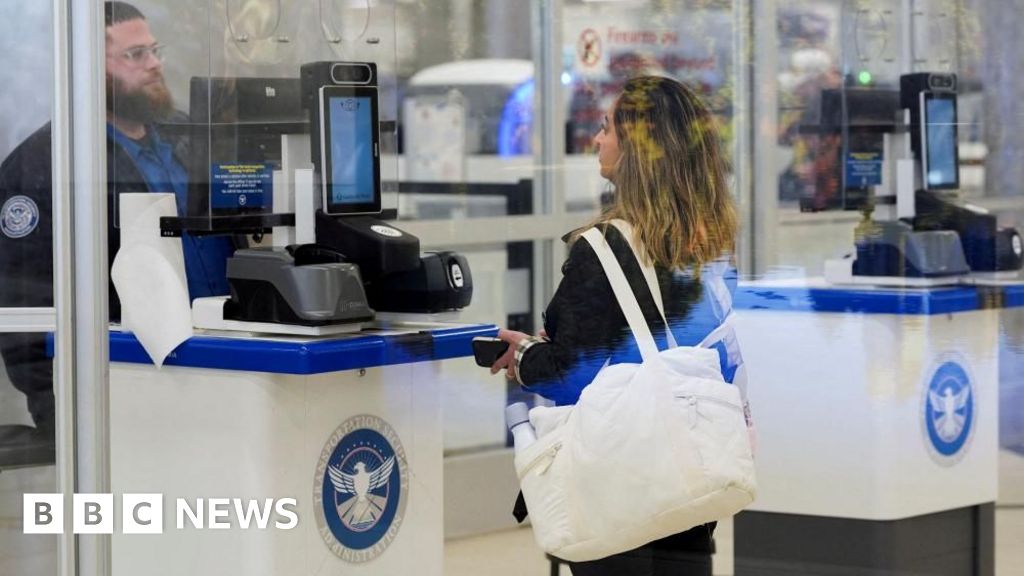NEW DELHI: In a landmark achievement for India’s Deep Ocean Mission, Isro has successfully developed the personnel sphere for the submersible vessel MATSYA-6000, designed to carry humans up to 6,000 metres (6km) below the ocean surface, by completing a critical welding process after 700 weld trials.‘Samudrayaan’, a project under the Deep Ocean Mission of the ministry of earth sciences (MoES), aims to strengthen India’s capabilities in deep-sea exploration. The National Institute of Ocean Technology (NIOT), under MoES, collaborated with Isro’s Vikram Sarabhai Space Centre (VSSC) to design and fabricate the spherical crew compartment. The Deep Ocean mission will allow scientists to explore unexplored deep-sea areas, assess mineral resources like nickel, cobalt and rare earth elements, and study marine biodiversity. The mission is expected to be realised by 2026.Central to the Samudrayaan effort is the creation of a human occupied vehicle (HOV) that can withstand extreme pressure and temperature conditions on the seafloor. “At the heart of the HOV is a titanium personnel sphere, a 2,260mm diameter enclosure with 80mm thick walls, made from a high-strength alloy. Designed by VSSC, the sphere is built to endure pressure up to 600 bar and temperatures as low as -3°C,” Isro said Wednesday.One of the biggest challenges scientists faced in creating this weld lay in the properties of titanium as a metal. While titanium is known for its strength, it can be difficult to weld. The technical challenge was developing a reliable electron beam welding process capable of fusing thick (80-102 mm) titanium plates. Isro’s Liquid Propulsion Systems Centre (LPSC), Bengaluru, took charge of augmenting its welding facility from a 15kW to a 40kW EBW capacity.LPSC developed the process and infrastructure for the welding process and non-destructive evaluation (NDE). While LPSC had the expertise to carry out welding up to 20mm thickness, it augmented the EBW machine from a 15kW rating to 40kW, while also making alterations to the chemical cleaning and handling equipment to accommodate the increased size and mass.Over 700 weld trials were conducted to optimise the process parameters, ensuring high quality and structural integrity. For quality assurance, Isro enhanced its X-ray radiography capability, one of the highest energy levels used in India, allowing detailed non-destructive evaluation (NDE) of the welded joints.The breakthrough came with the successful completion of the first high-penetration weld on the actual sphere hardware. This involved 80mm thick welds over a 7,100mm length, achieved in a continuous 32-minute operation, “a national first in scale and precision” as per Isro.The milestone marks a significant leap for India’s underwater exploration ambitions and brings Matsya-6000 closer to sea trials. Once complete, the vehicle will be among the very few human submersibles in the world capable of reaching such depths, opening new frontiers for deep sea science, resource exploration and technology development.
India develops personnel sphere, completes welding on submersible after 700 trials | India News









